A combination of spicy and sour, this Thai soup is a perfect remedy for a cold dreary day. Filled with shrimp, tomatoes, mushrooms, and onions, this soup is very flavorful and delicious.
It’s cold, cloudy, windy, and rainy. Guess what that means? It’s the perfect time for soup!
In Thai, this soup is called Tom Yum Goong, or Hot and Sour Soup with Prawns. It’s spicy from the chili peppers, slightly sour from the lemon juice, and very fragrant from the lemongrass and kefir lime leaves. This soup is a wonderful combination of so many different flavors. You will love it as much as I do.
Not only that, if you have overripe tomatoes and have no idea what you want to do with them, this is the perfect solution! The tomatoes will be cooked and soft so you won’t notice that they’re too ripe. Every time I have too many tomatoes sitting around, most of time because I forget I have some in the bottom drawer and buy more when I go grocery shopping, I make this soup.
It sounds difficult, I know. But it’s relatively easy and uses just one pot. So it’s almost mess free, which I absolutely love, because after a long exhausting day and after cooking, I really hate the process of cleaning up.
This recipe is not as “quick and easy” as some of my other recipes, but it’s still simple. And it’s worth a little extra time.
I know my recipes don’t always include time. The reason for that is I think it’s better for us to judge whether our food is finished cooking by appearance, texture, and taste. Every stove, every oven, every appliance is different. Every person works differently. One person can be faster at chopping vegetables. Another person might prefer their food more flavorful or perhaps less so. That’s why oftentimes it’s important to taste your food. What works for me might not work for you.
These recipes are more like guidelines.
As for including time, when I’m following a recipe, and I don’t meet the estimated prep time, I start to feel bad. A recipe could state that prep time takes 10 minutes, and I’d take 20, which is perfectly fine. Everyone works differently. But that’s why I don’t add an estimated time unless it’s crucial, like in baking. I want everyone to enjoy cooking and not feel the pressure of time.
Anyways, before I get started on the recipe, I’d like to talk about one of my most favorite ingredients: shrimp. I love shrimp. If I didn’t know that they’re filled with cholesterol, I wouldn’t mind eating them every day. Unfortunately, they are filled with cholesterol so it’s best to eat them in moderation. However, I am going to dedicate a small section of this post on shrimp. I’m going to call it, “The Art of Cutting Shrimp.”
If you prefer not to read about the different ways to cut shrimp, skip pass all the shrimp photos to where the recipe starts.
The Art of Cutting Shrimp
I’m actually writing this section relatively early. You will see why I want to discuss how to cut shrimp a few blog posts from now.
The way you cut shrimp while it’s raw will change its shape and appearance once it’s cooked. You guys probably know all this already, but indulge me anyway. =)
You’ll want to make your cut in the shrimp on the side that has been deveined, the outer curve.
A shrimp that hasn’t been sliced will retain the same shape after it’s been cooked as you can see in the photos below.
Slice along the edge about 1/3 of the way in until you reach about a centimeter from the tail. The edge will flare open a little after you cook the shrimp. Slice along the edge about 2/3 of the way in, and the edge will flare open more after you cook the shrimp. This is how you get “butterfly shrimp.” It’s perfect for breading because there’s so much surface area.
Lastly, if you cut the shrimp all the way through until you reach about a centimeter from the tail, the shrimp will start to curl into itself once it is cooked. This is perfect for stir-frying.
All these different cuts change the shapes of the shrimp. Depending on what dish you’re making, you might prefer one over the other.
For this recipe, you don’t need to make any cuts. But it was a perfect opportunity to demonstrate for future reference.
Recipe
First, boil about 5 cups of water in a medium size pot over medium to high heat.
Add in two lemongrass stalks, cut about 2 inches in length. You can find lemongrass at Asian markets. They usually come in a bundle, about a foot long. You don’t need much for this recipe, but you can always pre-cut the stalks and freeze them for future use. That’s what we do at home. We cut the lemongrass stalks into about 2 inches in length, place them into freezer bags, and store them in the freezer until we need them. Add in two kefir lime leaves. You can also find these at Asian markets and freeze the extra leaves.
While you wait for the water to boil, slice your tomatoes, onion, and mushrooms.
Once the water boils, add all your chopped ingredients. It will look as if there’s too little water, but don’t worry. The water from the tomatoes and the mushroom will add to the soup.
Add the sliced chili pepper. I like my food spicy so I added a whole chili pepper, but you don’t like spicy or can’t eat spicy, add half or less.

Add in the fish sauce, chili paste with soy bean oil, and lemon juice. I bought both the fish sauce and chili paste from an Asian market. These are the brands that I usually buy, but other brands should work too. Also, in case you love Thai food, the chili paste with soy bean oil is a common ingredient in the many sauces for Thai dishes. If you’re having trouble getting this particular brand and type of chili paste, I think Thai chili paste should work too. It should tell you that it’s used for tom yum.
An advice regarding fish sauce, it smells. It’s strong in both smell and taste. Be careful when handling it because if you spill it, it’s going to smell. I grew up using fish sauce often, and I still think it smells bad. Lol. I also recommend adding a tablespoon at a time and tasting it as you stir it into the soup. I think 4 tablespoons is perfect for me, but as I’ve mentioned before, my taste buds and yours may be different. If you did accidentally add too much fish sauce, you can stir in more lemon juice or more water. I recommend the lemon juice.
Cook until the tomatoes, mushrooms, and onions have softened. Add in shrimp right before serving. If you add shrimp too early, it will become overcooked and chewy. You want to add shrimp right before you’re serving, that way the shrimp is still tender and juicy. In other words, perfect. The soup is done when the shrimp turns a light orange color and is no longer gray and translucent.
Serve the soup hot. Enjoy!
For a printer friendly version of this recipe, click here.
Click on the image below for an enlarged version of this recipe.
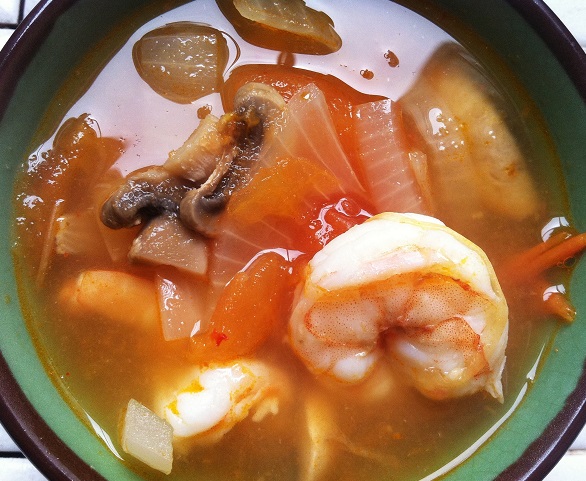


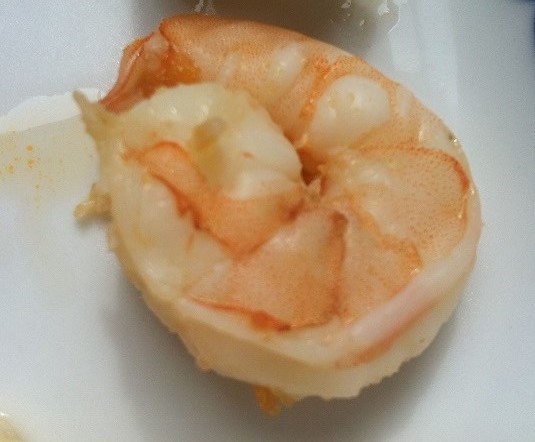
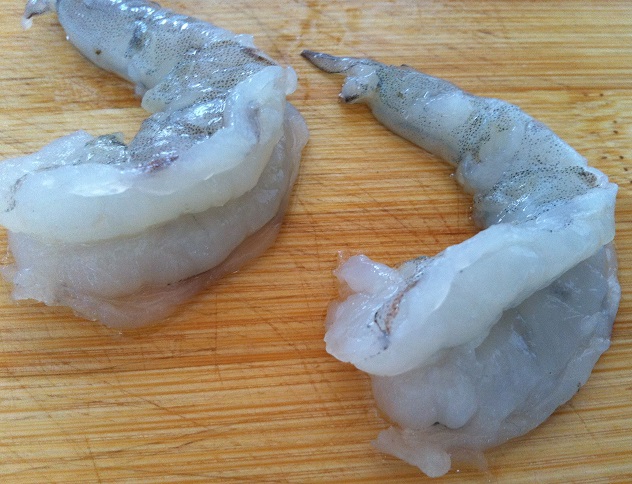



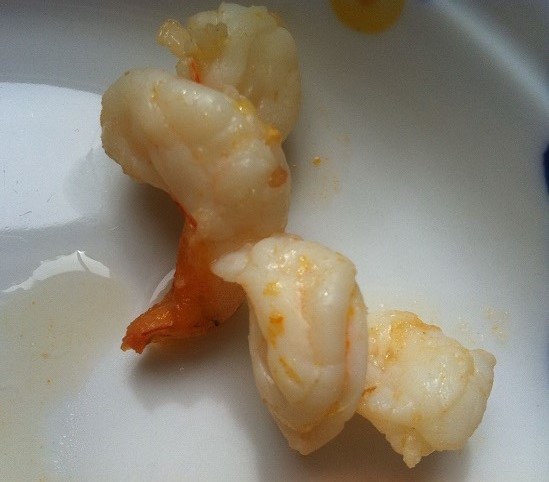
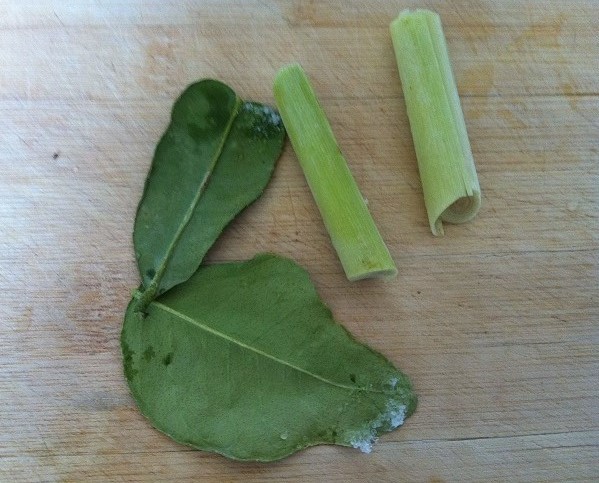
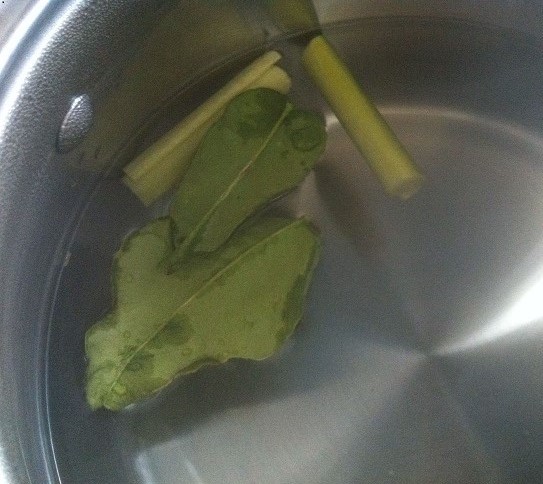

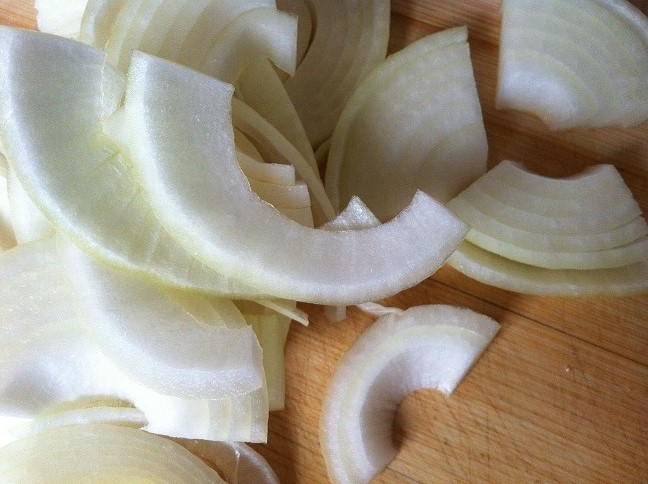

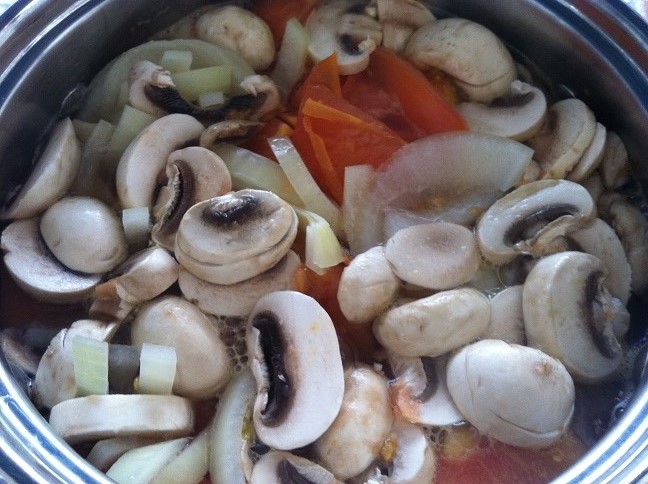
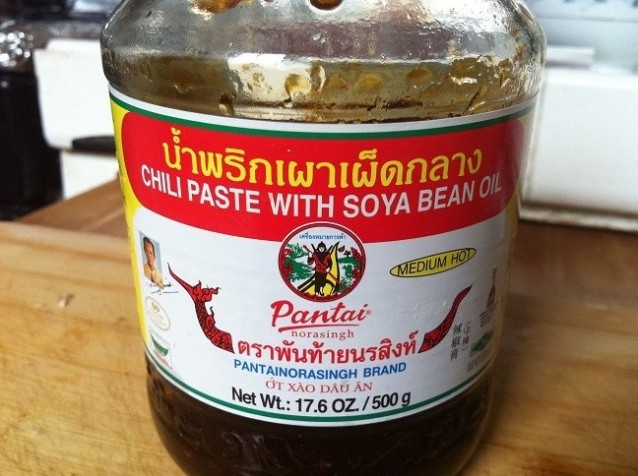

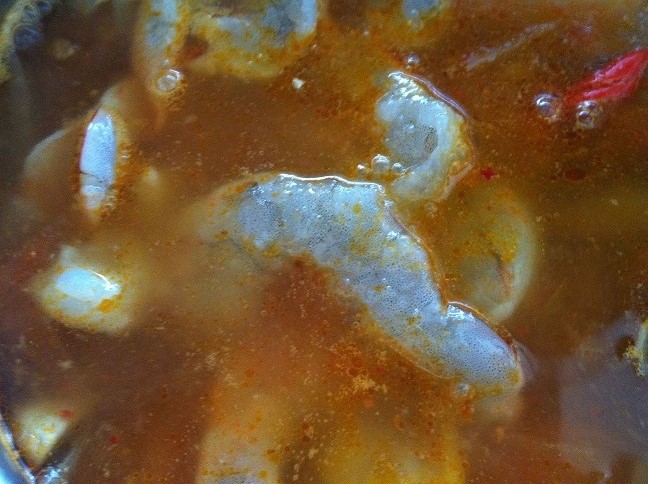


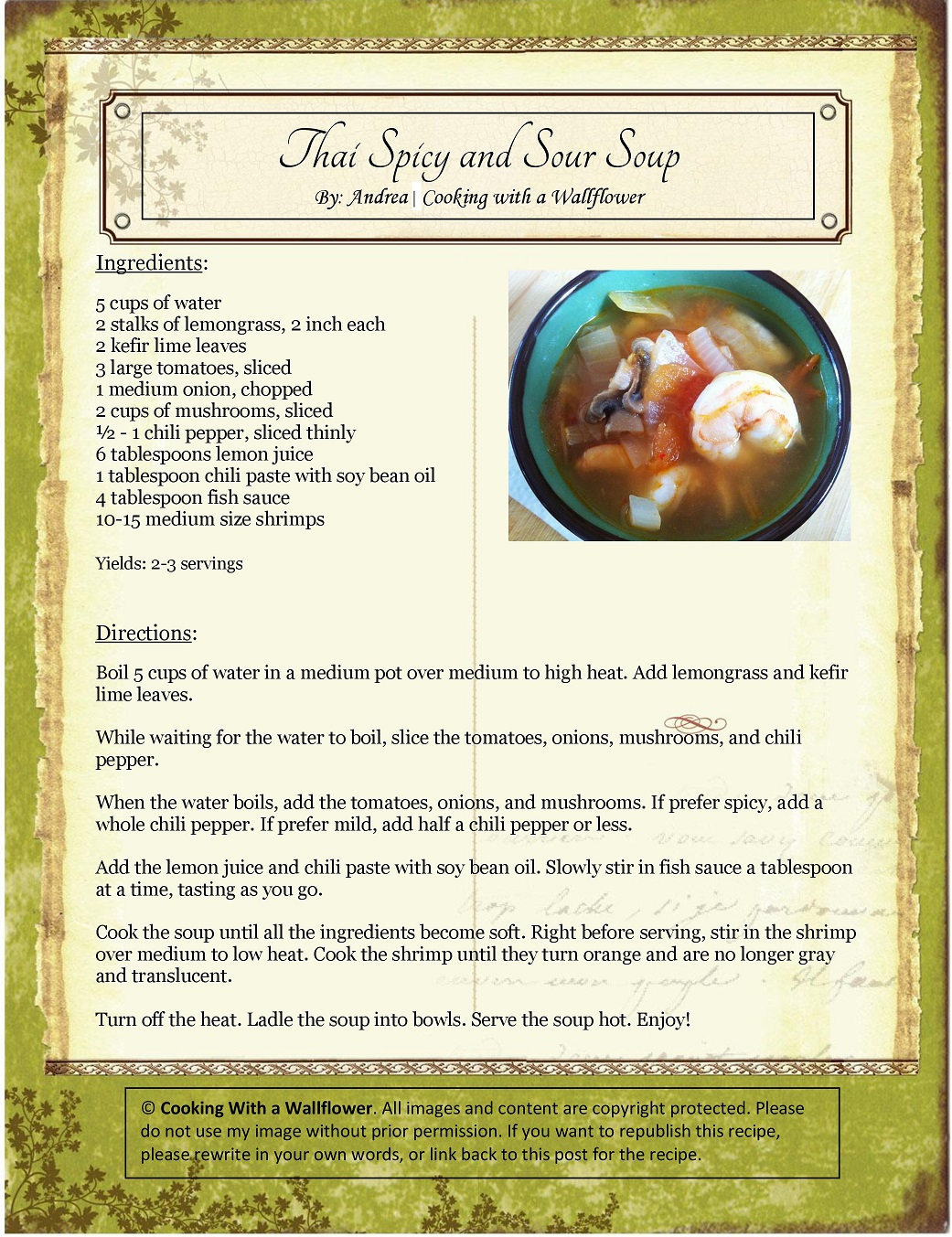
Looks good! What do you do in the winter when there are no good tomatoes?
I am loving the Thai soup recipe and cannot wait to try it this weekend!! This will be perfect for curling up on cold night!!!
I hope you’ll like it, Kathleen!